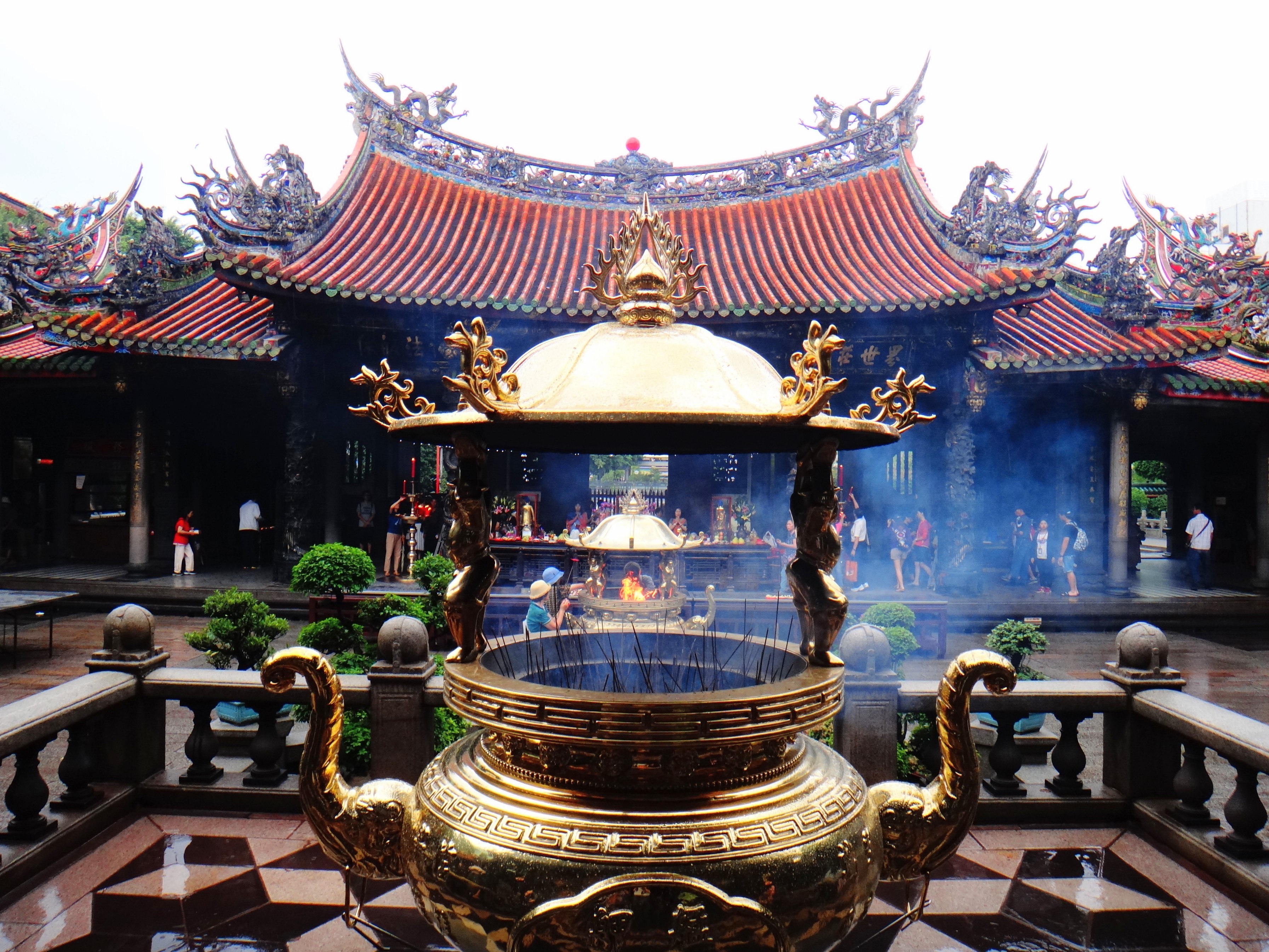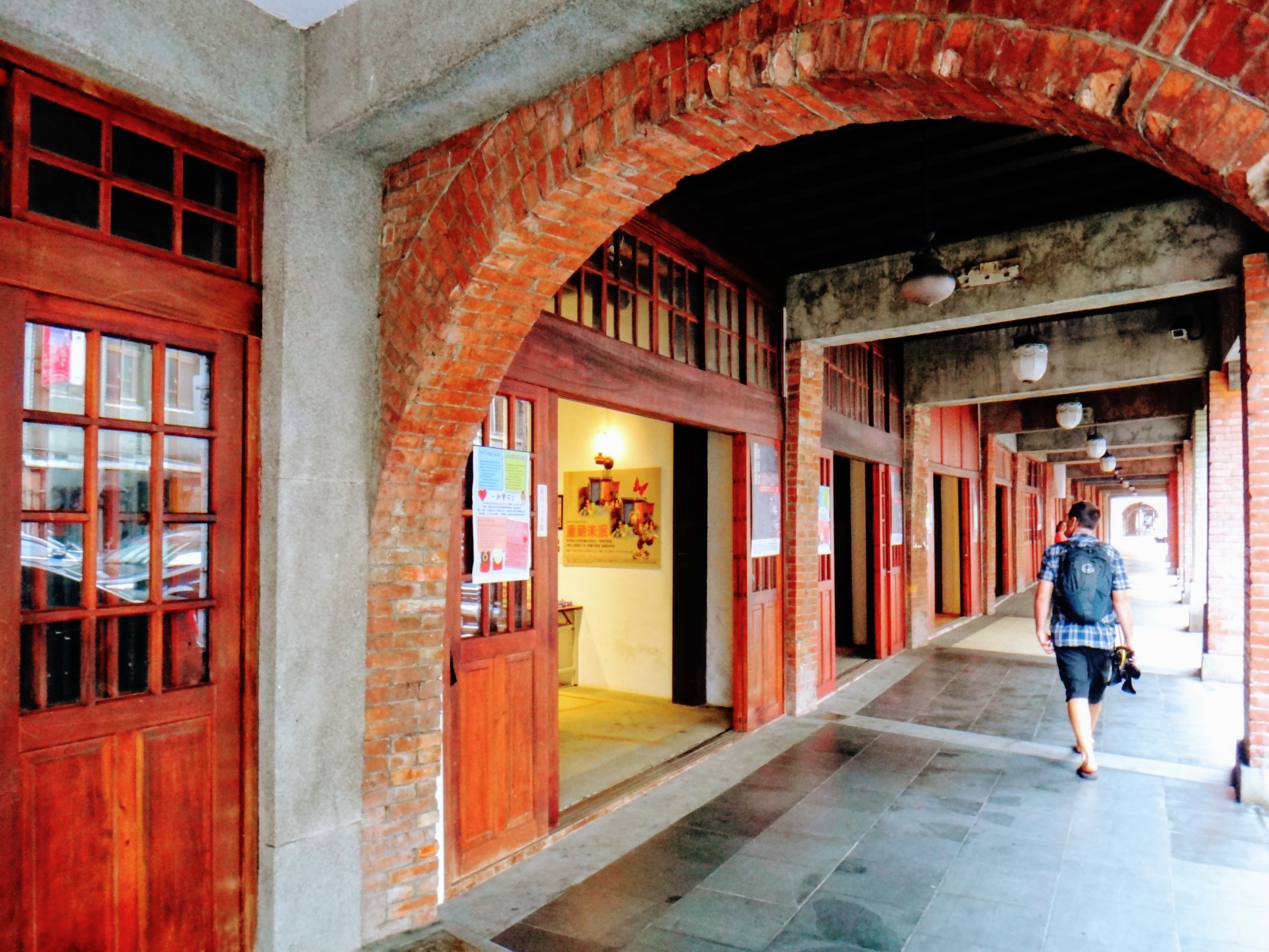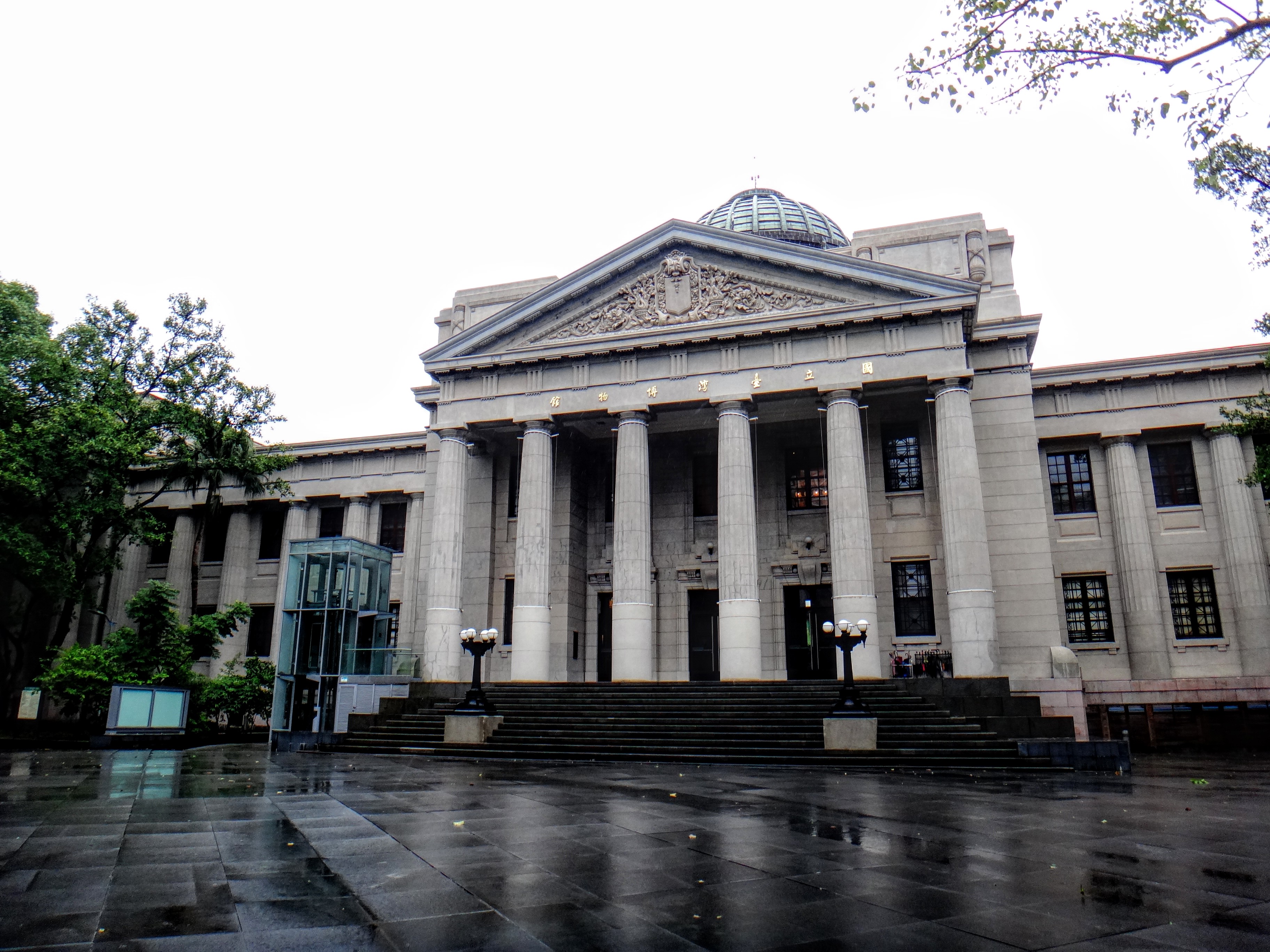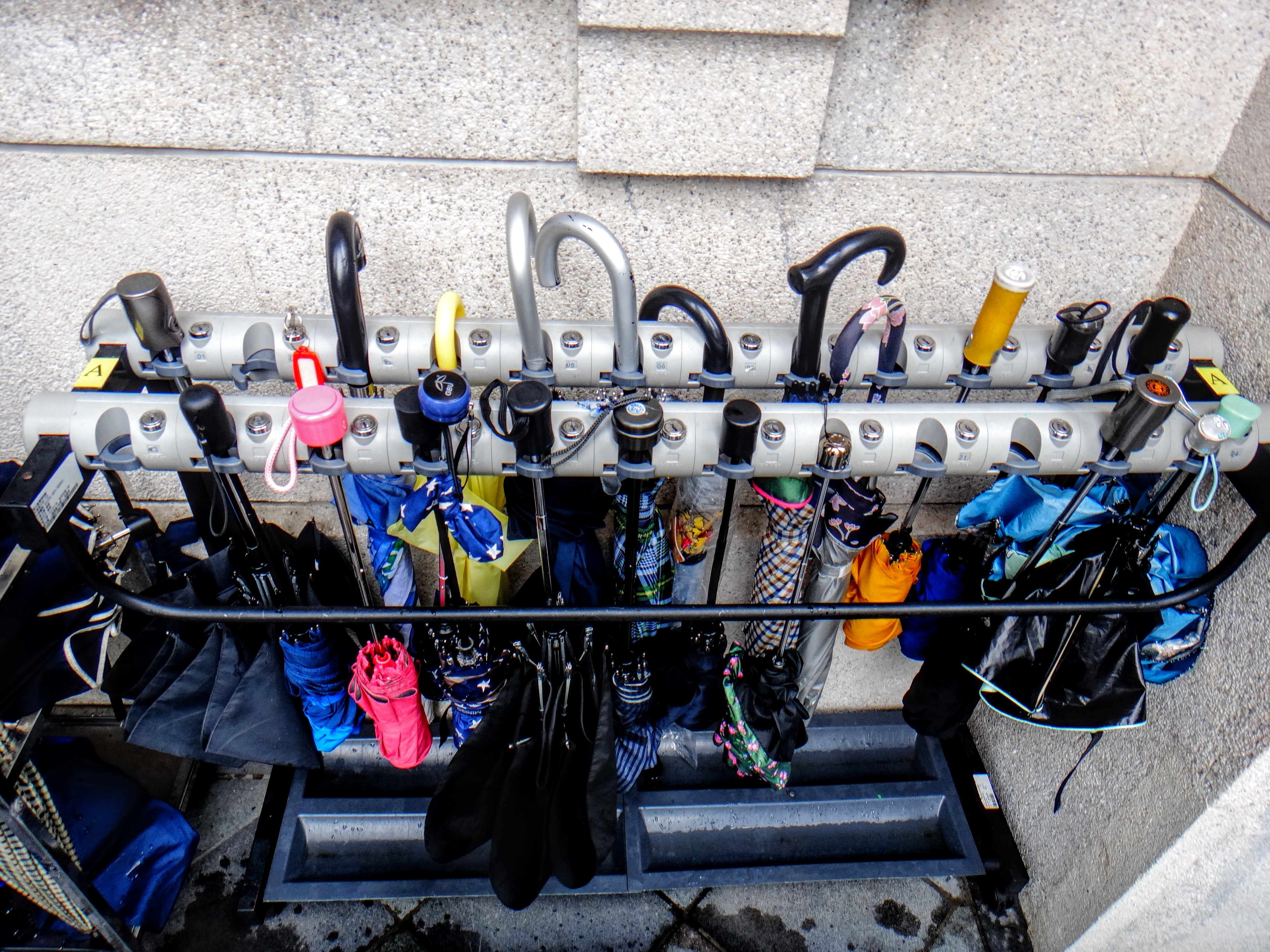As typhoon Meranti hurled toward Taiwan, it was stormy day in Taipei but we wouldn’t let that stop our sightseeing since our stay in Taiwan would not be long.
After breakfasting on some hot, sweet soybean pudding in one of Taipei Station’s busy underground restaurants, we took the subway to Longshan Temple. This is one of the most important historic Buddhist temples in Taipei. It was built by the early immigrants from China’s southeast Fujian Province during the 18th century. The glossy, colorful and curvy roof was easy to notice from afar. We’ve seen this “swallow tail” roof style when traveling in south China’s Fujian Province but rarely with such grandiosity. Because of frequent restorations, the temple didn’t appear as ancient as advertised. We took a walk through the entire building complex and found that it was not only enshrined with statues of Buddha and Bodhisattvas but also a series of Chinese Taoist gods such as Mazu / The Sea Goddess, Lord Guan / The Martial God, Yue Lao / The Matchmaking God and Wenchang Dijun - The God of Academy and Examines. The temple even had a shrine for Hua Tuo, a famous physician from China’s history. The golden hall which housed Guanyin (or “Goddess of Mercy”) was the most impressive, especially its brilliant caisson ceiling.

Longshan Temple
It was a short walk from Longshan Temple to Bopiliao Historic Neighborhood but we didn’t find it much to write home about.

Bopiliao Historic Neighborhood
Hungry crept back into Panda’s belly so we started to look for food. We ended up finding Ay-Chung Flour-Rice Noodle located in the busy Ximending neighborhood and recommended by Lonely Planet. We would never miss this tiny restaurant because despite the steady rain, a long line snaked along its corridor as anxious Asian foodies stood ready to check another one of Taipei’s legendary nosheries of their “must-eat-at” list. Such an enthusiasm these gourmets showed! Panda joined them and finally got a small disposable bowl filled with broth, noodles, pork intestines (yes, eating pork or beef intestines is common in Asia) and a bit of green leaf vegetables. He finished it quickly and concluded that it tasted: “not bad”. But it was not as amazing as he had expected, probably because his western taste buds differed from those of sensitive Asians.

Panda eating flour-rice noodle on the street
Despite our offerings to those Taoist gods, the rain persisted. We decided to check out the nearby National Taiwan Museum instead braving the downpours to get over to Chiang Kai-shek Memorial Hall. The entry to this imposing, western-style museum building is only 30 NT$ but maybe our timing was off because we felt slightly disappointed to see only two small-scale exhibitions: one about Taiwanese aborigines and the other about the local fauna and flora. After consulting with the staff, we were to directed to the Land Bank Exhibition Hall across the street. This is part of the National Taiwan Museum and had some exhibitions about natural history.

National Taiwan Museum
Two details that we appreciate about this museum:
- The umbrella rack sitting at the entrance of the museum allows visitors to temporarily lock their umbrellas in the rack and take a key with them into the building. This freed us from the worry of losing our umbrellas and at the same time kept the floors of the museum dry.
- The museum staff’s warm and helpful attitude. They were so helpful and they treated us like friendly neighbors. (Afterwards we would find out that this helpful and polite manner is common in Taiwanese service industries.)

Umbrella rack at the entrance of the museum
After finishing our self guided tour, we walked randomly about the streets in the drizzling rain and unintentionally returned to Taipei Station where we started. Haha, maybe Taipei isn’t as big as we thought!

Share this post
Facebook
Twitter
Google+
Reddit
Email